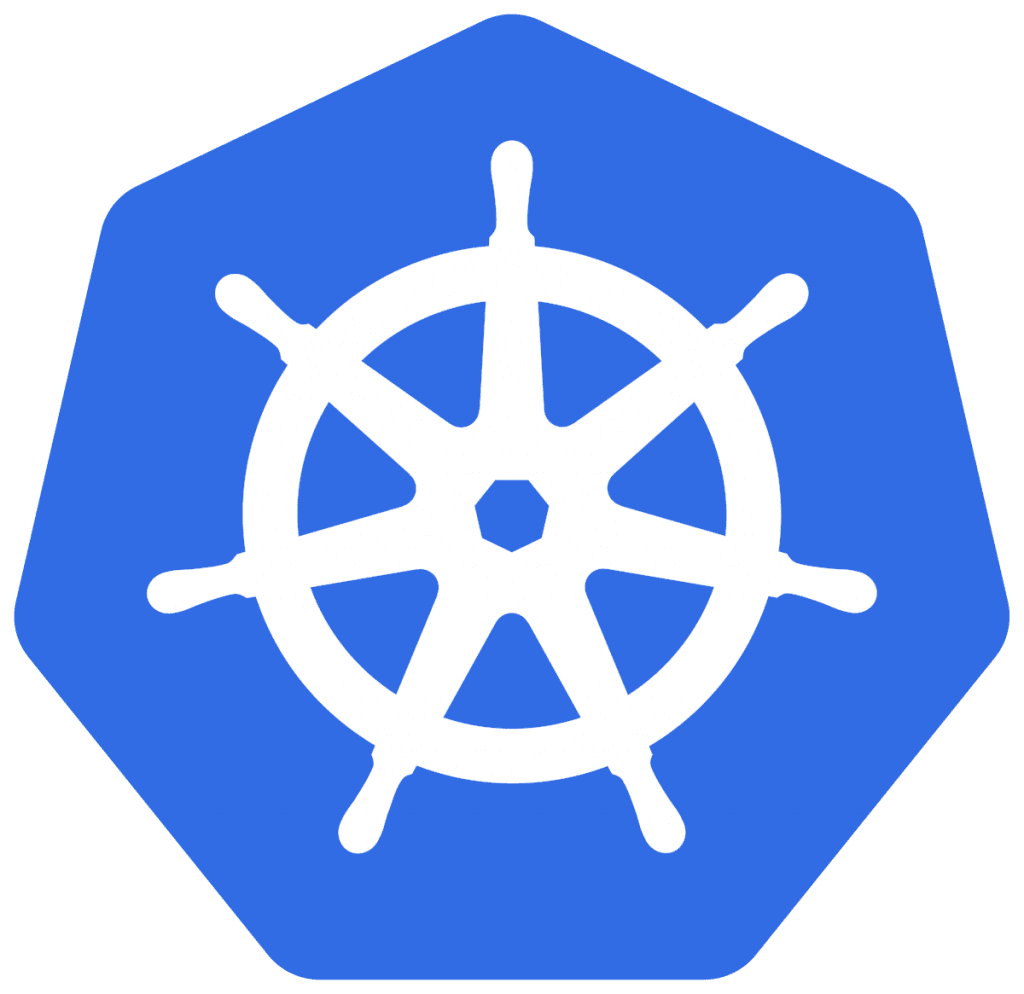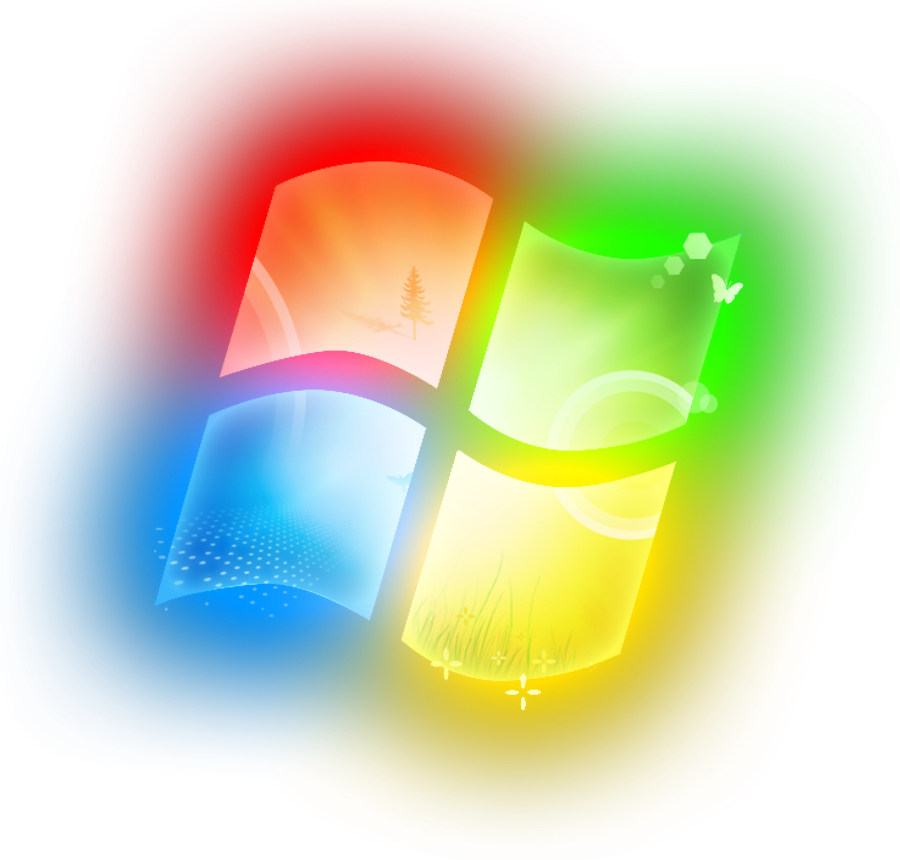Tag: Roles
How to Store Secrets in Kubernetes
What is a Secret?
A Kubernetes Secret is an object that enables us to store and manage sensitive information. A Secret can contain data like SSH keys, OAuth data, or other user authentication information like passwords. It is typically stored within a cluster in a manner native to Kubernetes. Using a Secret object provides more granular control over how highly sensitive data is used. It also lowers the risk of data exposure to unauthorized parties.
How to Install and Configure Rancher K3s
What is Rancher K3s?

K3s is an official Cloud Native Computing Foundation sandbox project that brings a lightweight, fully compliant Kubernetes distribution designed for lower resource production models like remote locations or on an IoT device. When used in conjunction with Rancher, K3s can easily be managed from within the Rancher orchestration platform.
How to Install and Configure the Kubernetes Dashboard
The web-based Kubernetes console is an interface that provides information about the state of the Kubernetes cluster. The dashboard is also used for deploying containerized applications as well as for general cluster resource management. Traditionally, kubectl is primarily used in the terminal for nearly all cluster related tasks. Still, it is useful to have a visual representation of our cluster in a user-friendly interface. To install the dashboard, kubectl needs to be installed and running on the server.
How to Install Kubernetes Using Kubeadm on Ubuntu 18
What is Kubernetes?

In this article, we review what Kubernetes and Kubeadm are, how to install, create a cluster, and set up worker nodes using Kubeadm. If you are not yet familiar with Kubernetes, we recommend reading our article on the fundamental basics of Kubernetes.
How to Install and Configure Minikube on Ubuntu
Introduction
This article will demonstrate how to install and configure Minikube to set up a small Kubernetes cluster. We will then examine Kubernetes in more detail to apply that knowledge to a real-world example.
How to Install Kubernetes on Ubuntu, macOS, and Windows
What is Kubernetes?
Kubernetes (or K8s) is an open-source container orchestration system for automating computer application deployment, scaling, and management. Kubernetes manages and runs Docker containers on numerous hosts. The project was started by Google and is supported by many companies, including Microsoft, RedHat, IBM.
How to Install and Configure K3s on Ubuntu 18.04
What is K3s?

K3s is a lightweight version of Kubernetes. It is a highly available Kubernetes certified distribution designed for production workloads in unattended, limited resource, remote locations, or inside an IoT appliance. The developers of K3s declare that K3s is capable of almost everything that K8s can do.
What are Windows Roles?

Windows roles provide a method to define the utilization types a server has available. These roles are necessary to properly utilize a server for the desired use cases, whether it is to be simply a file server, a print server, or a web server. Typically to act in a specific type of role, a server may require additional features that need to be installed in order to best perform that role. The number of roles available on a Windows Server has grown to the point where the Microsoft Windows' help pages have gone from reporting what limited roles are deployable, to listing only non-incorporated roles.
What is FTP?
You or your developer may want to have access via FTP (File Transfer Protocol) to the folders for the project or domain that is being worked on. FTP is a quick and easy way for someone to connect to their project, without having to have full access to RDP into the server. An FTP user will only have access to the folders that are designated to them, limiting them in their own environment so as not to accidentally change other user’s files and file structure on their project/domain. In this tutorial, we will cover how to utilize FTP on a Core/Self-Managed Dedicated server or a VPS server, as well as a Plesk Server. Let’s jump right in!
What is Kubernetes RBAC Authorization
What is RBAC?
Kubernetes Role-Based Access Control or the (RBAC) system describes how we define different permission levels of unique, validated users or groups in a cluster. It uses granular permission sets defined within a .yaml file to allow access to specific resources and operations.
Our Sales and Support teams are available 24 hours by phone or e-mail to assist.

